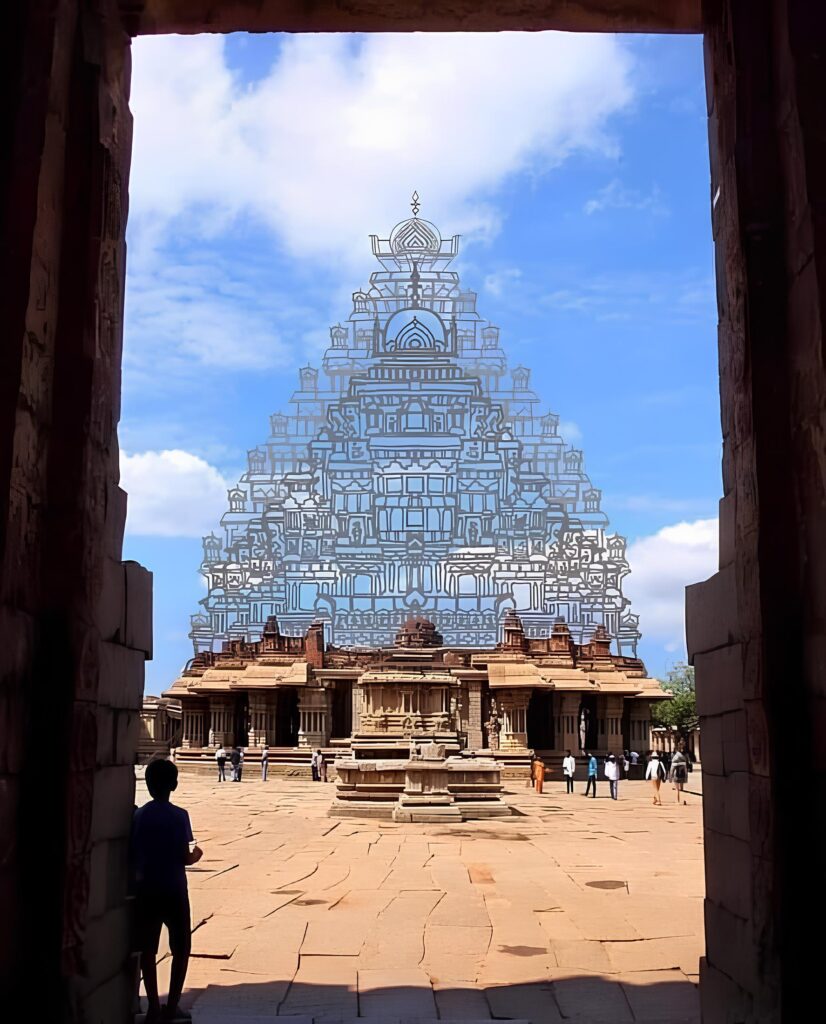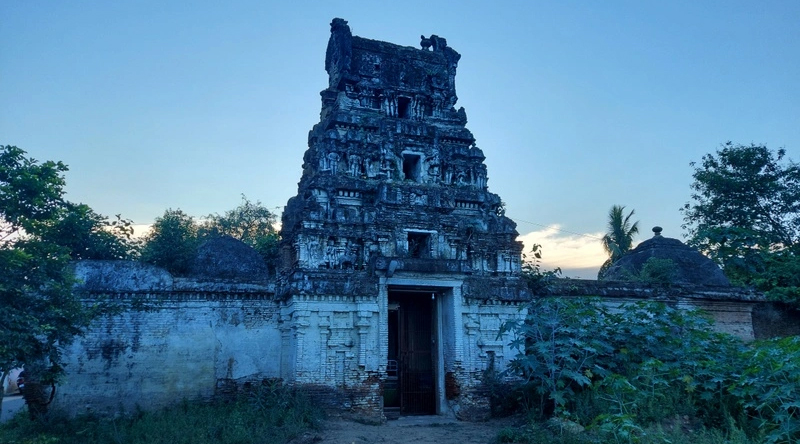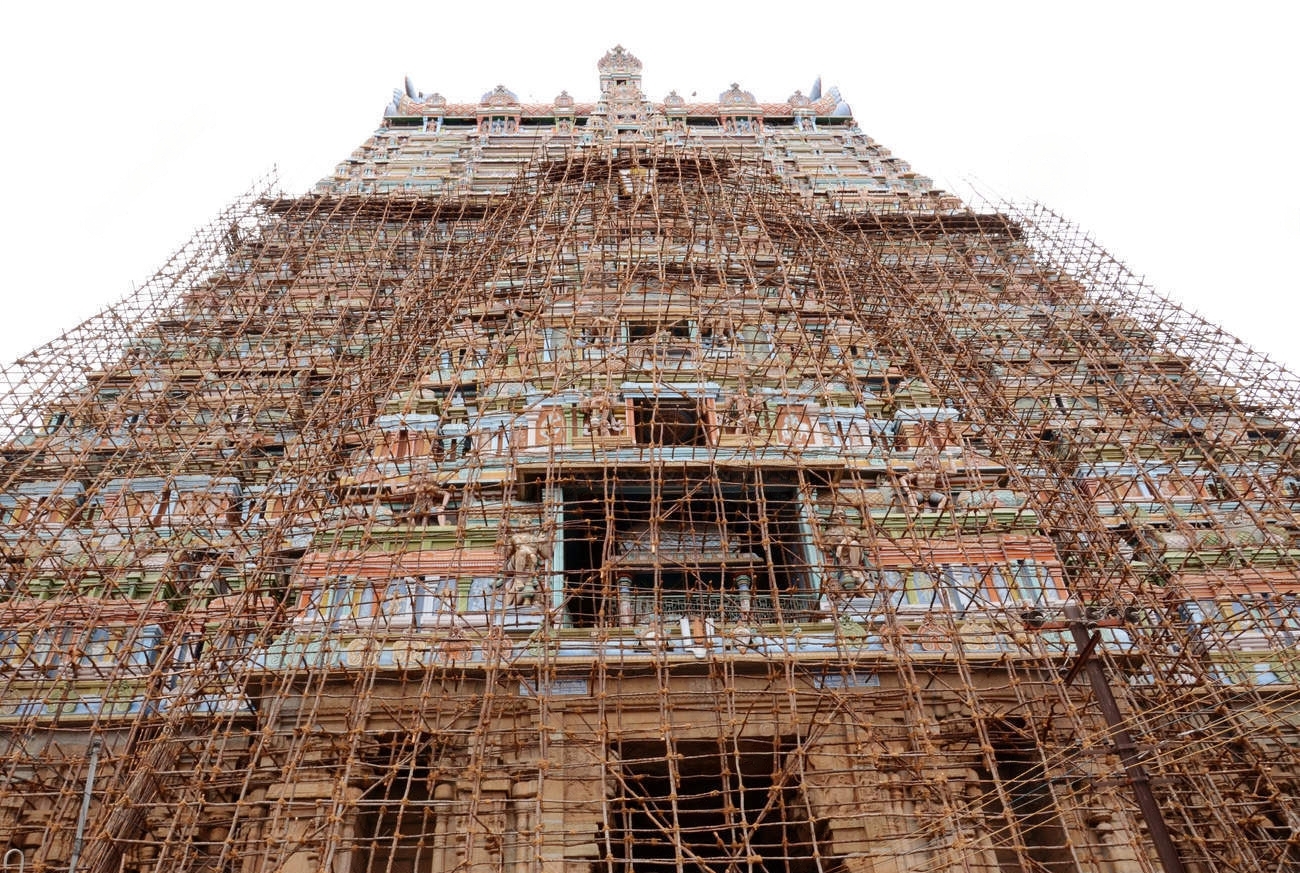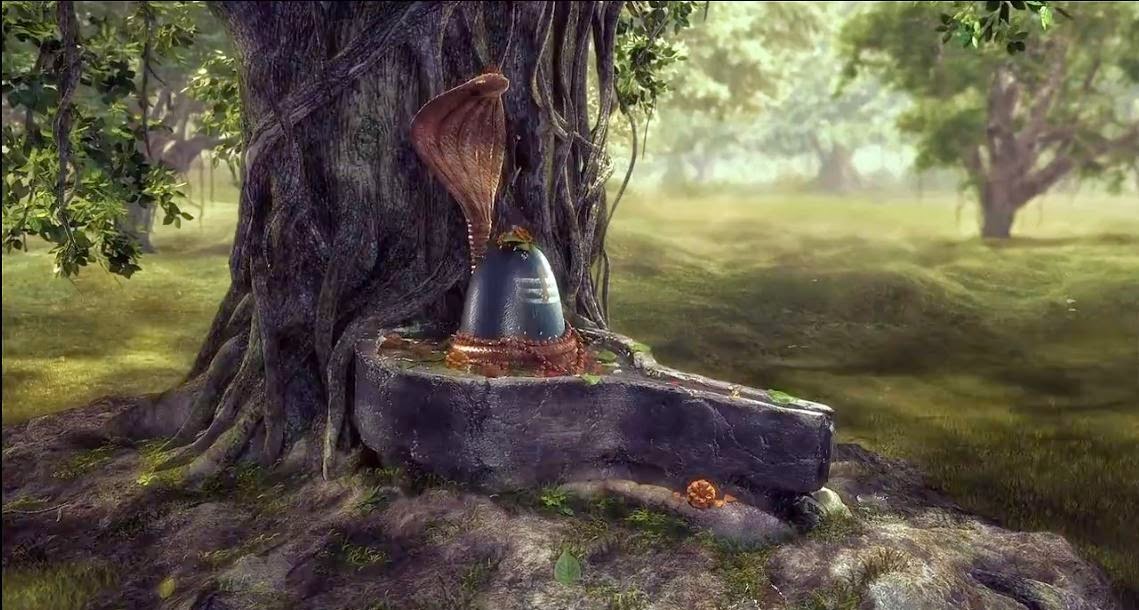
Cultural Preservation
Every Hindu temple is a masterpiece of excellence in architecture. Even the remotest, smallest temple which is a few centuries old is not plain, but rather exquisite in its architectural design, carving, the precision of elements, and interpenetration of open and built spaces. Many temples have unique features of sunlight falling at the feet of the presiding deity etc. Hindu architects were maestros, who were not just skilled, but extremely precise in their execution of designs, and knew the movements of the suns and stars very well.
Besides architectural masterpiece, they are epicenters of powerful, healing energy of enlightened masters and Rishis. The deities in Hindu temples are living deities that don’t just heal people but respond to their prayers. A temple was meant to be a place where an individual can spend quality time with his ishta devata, or chosen deity, to further in his/her spiritual journey. Hindu temples were built by kings and masters as enlightenment ecosystems.
Hindu temples were meant to be the focal point of the settlements, where all the activity happens from dawn till dusk. The break of dawn would announce the ringing of temple bells, with religious offering of arti, then there would be distribution of naivedyam to the devotees, and the rest of the day was spent in preparations of the naivedyam, decorations for the deities, study of scriptures, chanting of mantras, and the day would end with another arti. Temples were the hub of all activity in Hindu towns and cities in the ancient ages. A Hindu temple was designed to thrall all the six senses, to lift seekers out of their low mood, and give them the guidance they are seeking.
“ஆலயங்களில் ரிஷிகளின் தபஸை டெபாஸிட் மாதிரிப் போட்டு வைத்திருந்து அதிலிருந்து நாம் எடுத்துக் கொள்வது நிஜம். மூர்த்திகளிலிருந்து தெய்வாநுக்ரஹம் கிடைப்பது நிஜம். மந்த்ர பூர்வமான ஆராதனைகளால் நமக்கு ஆலயத்திலிருந்து ஆத்மார்த்தமான நன்மை நிறைய உண்டாவதும் நிஜம். இத்தனையும் இருந்தாலும் ஆலய வழிபாடும் நாம் தனிப்பட நம்மை உருப்பட வைத்துக் கொள்வதற்கு அங்கம்தானேயன்றி, community salvation-காக [ஒரு ஸமூஹம் முழுதும் மோக்ஷம் பெறுவதற்காக] அல்ல. ” – காஞ்சி மஹாஸ்வாமி

Temple Nitya-Puja Support
In today’s world, these temples are undergoing enormous amount of pain where many temples are unable to do their daily routine due to lack of funds. Priests working in those temples go through lots of struggle to run their families as their revenue is dependent on the successful running of temple. Our acharyas have been discouraging building new temples and rather asking us to support existing temples to run smoothly. It is extremely important to take their teachings and pledge to adopt a temple and support in a long term.

Renovations
As per agama sastra, temples should do kumbabishekam after a specific period of time. Doing kumbabishekams are not just repainting etc but also recharging the powers in the vigrahas of the deities and removing any doshas accumulated over a period of time. Scriptures talk highly about how even giving one brick for kumbabishekam yields high level of punya to a soul.
KGF partners with Sri Mahalakshmi Charitable Trust and with other volunteers to do such noble tasks.

Vaanam Partha Sivalingams
Before Mahaperiyava attained siddhi, He had asked few devotees to take up a life time commitment in identifying shivalingas in various places that have no roof and built a basic structure around them. He also identified nearly 100 such places to be done in Kanchipuram itself. Upon His advice, a team of devotees now have taken up this initiative and have been constructing more than 150 sheds for shivalingas found in remote villages of Tamilnadu. Cost of constructing sheds cost roughly Rs 50,000 ($625).
Contact us to adopt a temple for your family


